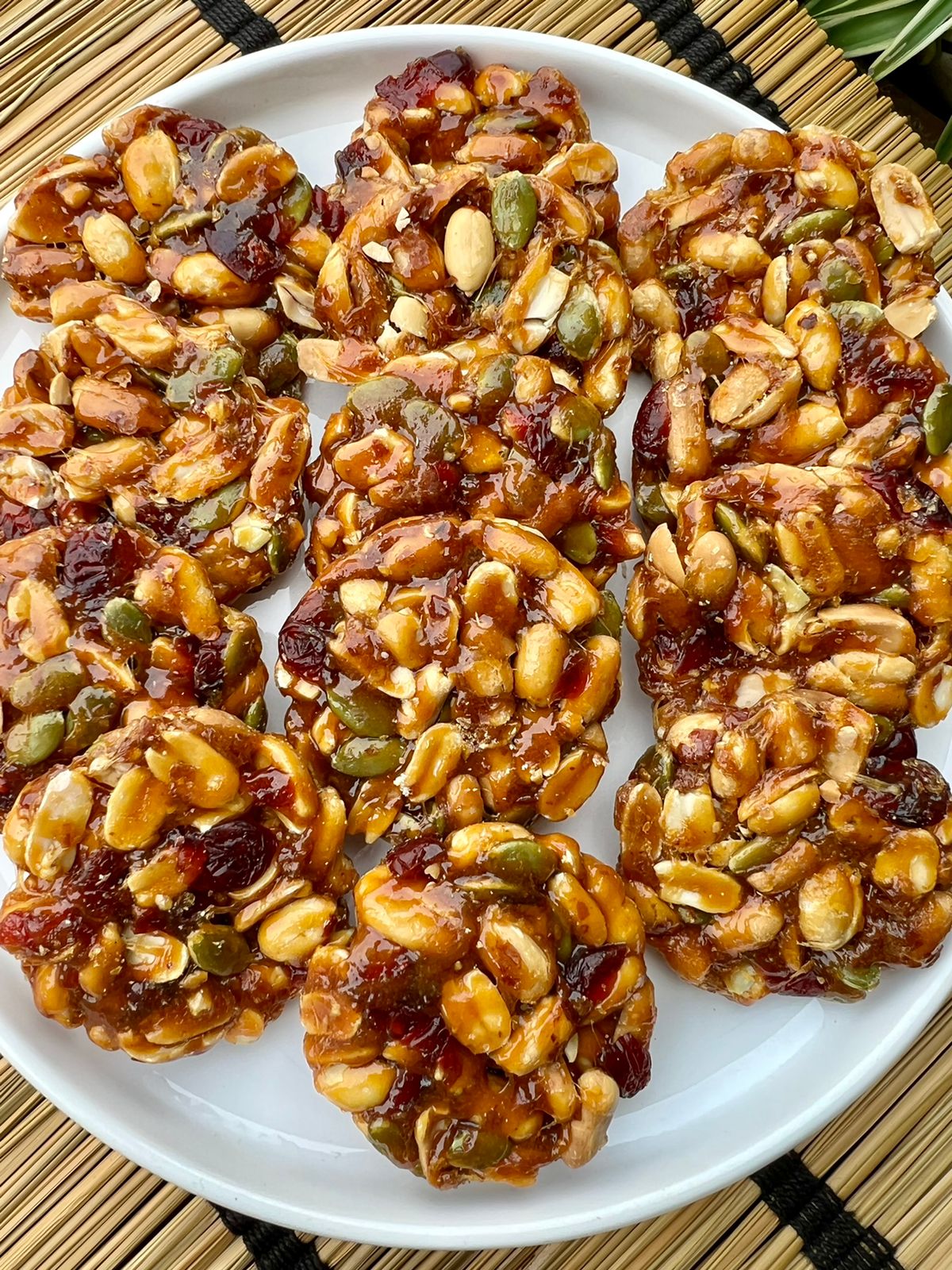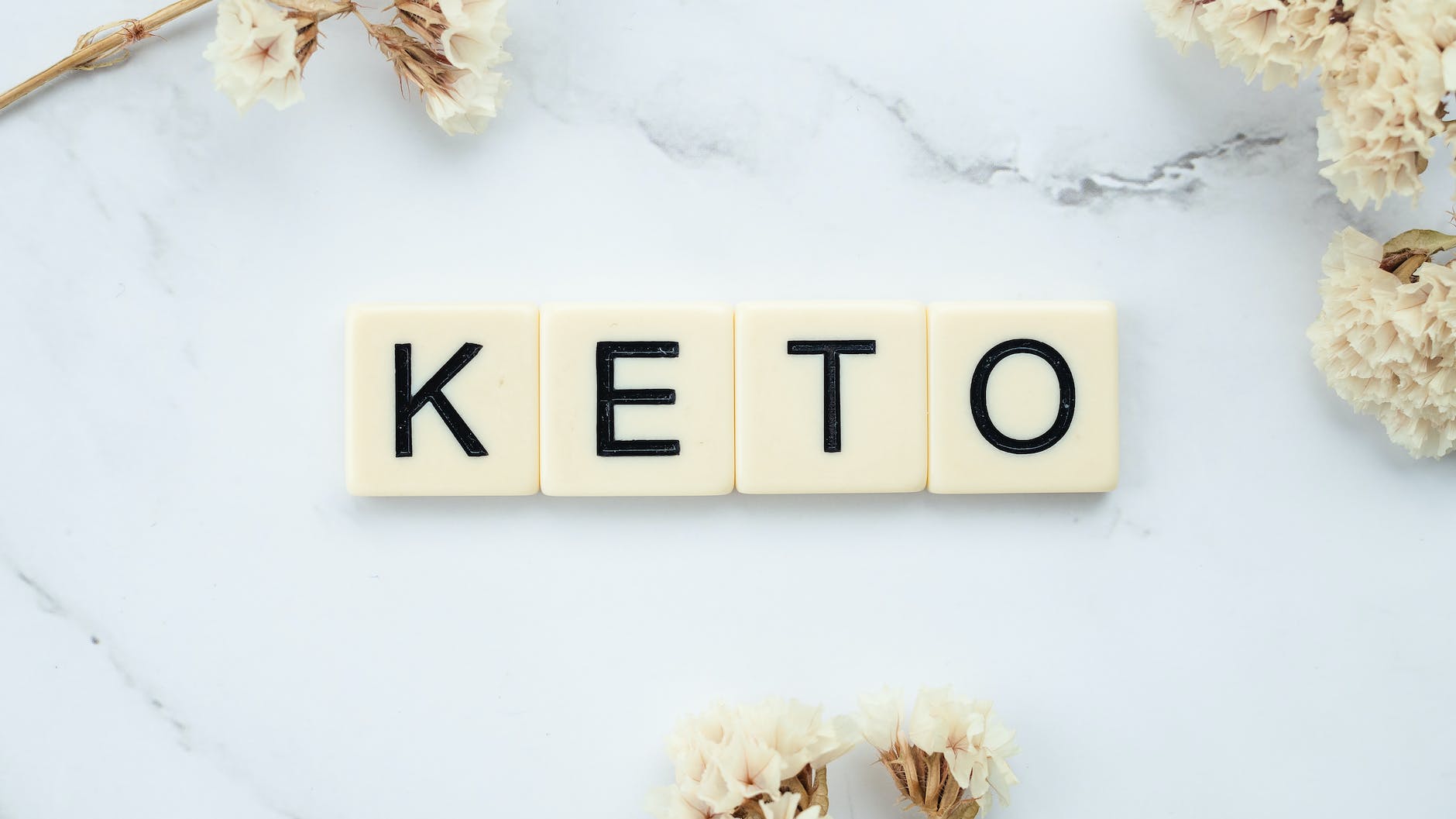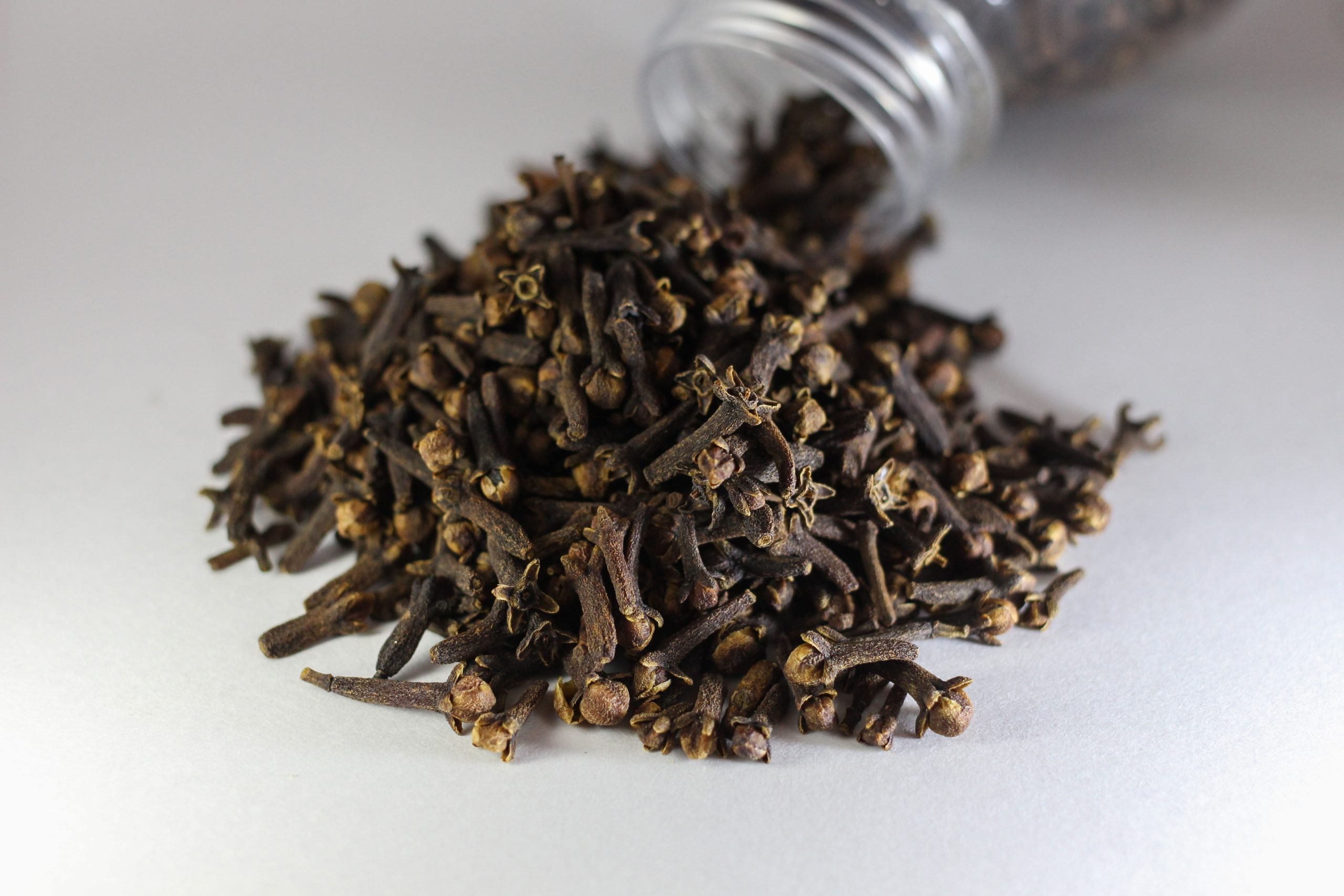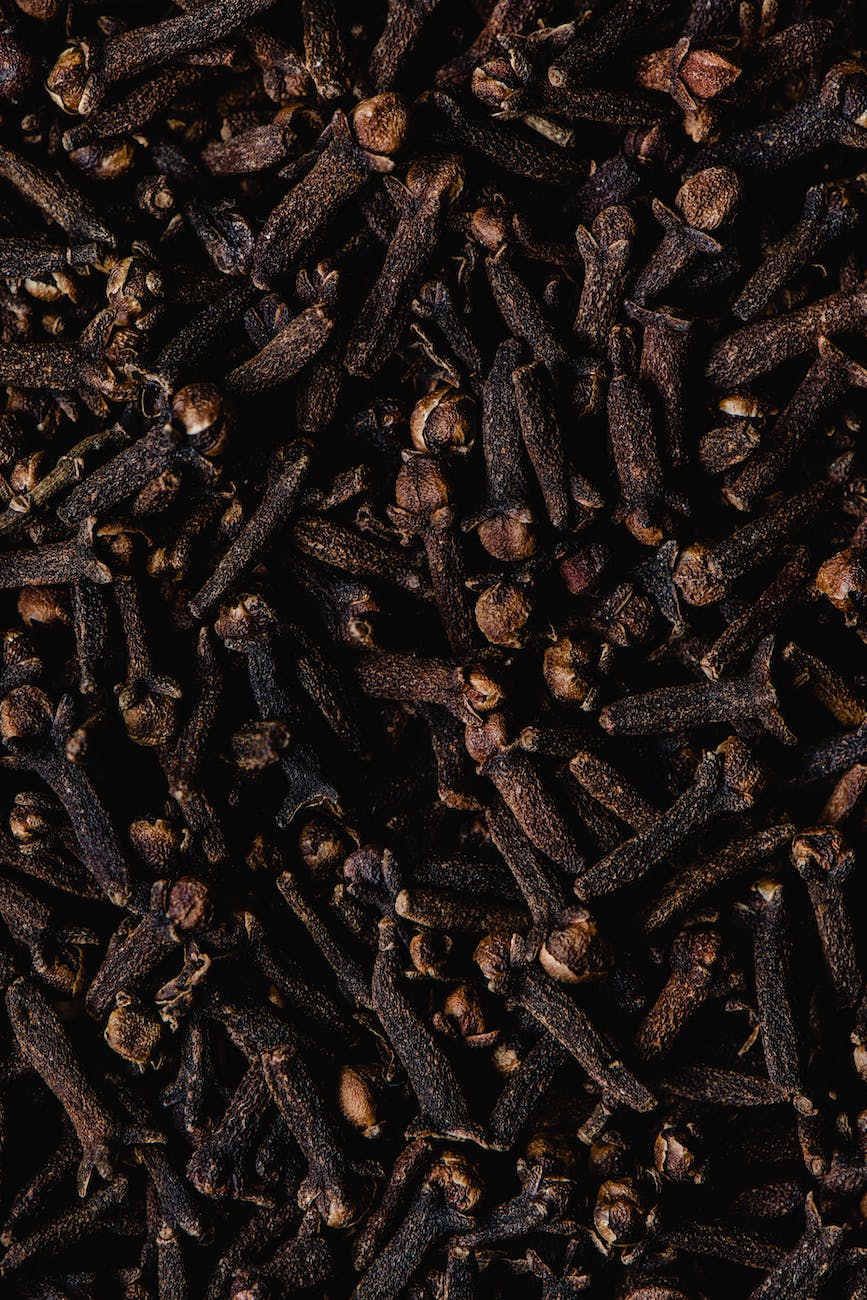
Intermittent fasting has been the talk of the town, garnering attention from health enthusiasts worldwide. This eating pattern involves cycles of eating and fasting, with promising potential benefits such as enhanced metabolism, weight loss, and longevity. One query that often pops up is: “Can we eat peanuts during intermittent fasting?” Let’s delve into the nutty details and crunch the facts together! 🥜🔎💡
Peanuts: Pocket-sized Powerhouses of Nutrition 🌱
Peanuts, these humble legumes masquerading as nuts, are known for their impressive nutritional portfolio. They’re rich in healthy monounsaturated fats, proteins, and dietary fiber. They also pack a punch with essential vitamins and minerals such as vitamin E, B vitamins, magnesium, and potassium. Plus, they come with antioxidants that help combat inflammation and oxidative stress. Due to their high protein and fiber content, peanuts can effectively promote satiety, making them potential allies for those practicing intermittent fasting for weight control. 💪🍽️
Intermittent Fasting: The Timing of Tasting ⏳
Intermittent fasting focuses not on what you eat, but when you eat. Some popular methods include the 16/8 method (fasting for 16 hours, eating during an 8-hour window), or the 5:2 method (eat normally for five days a week, restrict calories to 500-600 on two non-consecutive days). The emphasis is on the fasting window, during which zero calories are consumed. Beverages with no calories like water, black coffee, or tea are the only exceptions. 🕰️☕💧
Peanuts in the Fasting Window: Nibbling or Not? 🥜🚦
Despite their nutritional merits, peanuts are calorie-dense. A one-ounce serving of peanuts (about 28 whole peanuts) contains around 161 calories. Eating peanuts during your fasting window technically breaks the fast as it means you’re consuming calories. Therefore, if you adhere to a strict no-calorie intake during your fasting hours, peanuts are off the table. 🚫🥜
Peanuts in the Eating Window: A Nutritious Nibble 🍽️🎈
While peanuts may be prohibited during the fasting window, they can be a superb snack during your eating window. Their mix of protein, healthy fats, and fiber can offer sustained energy and help stabilize blood sugar levels. This can be particularly beneficial for those employing intermittent fasting for blood sugar management or weight loss. 👍🥜
Interpreting Fasting Goals: The Importance of Personalization 🎯👥
Whether you decide to include peanuts or any other food during your fasting window should align with your personal health goals and your individual understanding of fasting. If your goal is weight loss through calorie restriction, you might decide to permit a small amount of peanuts. Conversely, if you aim to give your digestive system a break or stimulate autophagy (cellular cleanup), then a strict no-calorie period without peanuts would be more appropriate.
Before making significant changes to your eating habits, especially involving fasting regimens, consulting a healthcare provider or registered dietitian is always advised. Each person’s body responds differently to dietary changes, making personalized guidance invaluable.
Let’s Keep the Conversation Alive! 🗨️👥🌍
The world of health, wellness, and nutrition is a fascinating one, filled with endless discoveries and insights. Whether you’re a peanut lover, a seasoned intermittent faster, or someone exploring new dietary paths, we’d love to connect with you!
Join our growing community at Eatlo, where we share our experiences, wisdom, and curiosities. Let’s continue the discussion there and delve deeper into the intriguing interplay of food, health, and wellness! 🥜⏱️💞













